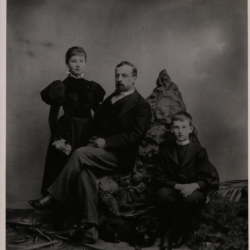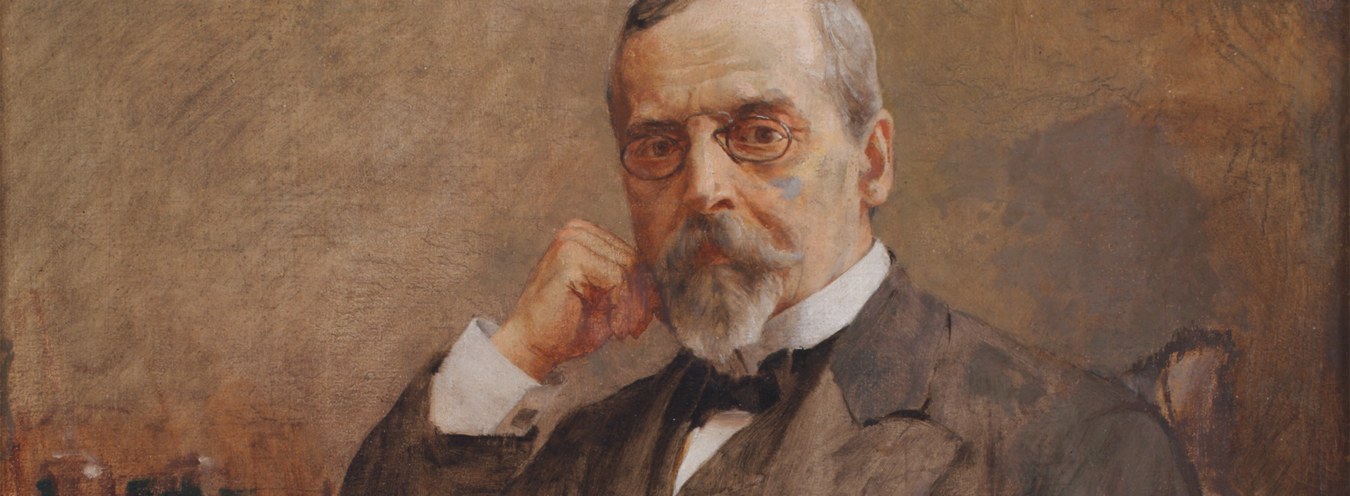Sienkiewicz and His Living Pictures: An Introduction
Visual culture studies, together with performance studies (the interrelatedness of these two culture- and media-related disciplines has been noted[1]), allows me to focus on a previously unobserved phenomenon: namely, the spectacular character of Sienkiewicz’s public biography. I argue that the circulation of Sienkiewicz’s photographs in the media was a crucial factor in the process of creation of the writer’s social role.
Even though I am not a specialist on Sienkiewicz, I would like to situate my text among the works written by Monika Gabryś-Sławińska, Krzysztof Stępnik, Jolanta Stachelska, and Marian Płachecki. I also hope that my article stays in correspondence with the documentary and editorial input of Maria Bokszczanin, Tadeusz Bujnicki, Zygmunt Falkowski, Julian Krzyżanowski, and Lech Ludorowski – all of whom aim at explaining Sienkiewicz’s popularity.[2] Stępnik proposes gathering data from the press (“press microbiographics”) in order to create the writer’s “public biography,”[3] which supplements traditional biographies based on personal documents and literary works. I suggest an even further biographical supplementation, which includes portrait images functioning in the press (and other media). I perceive this addition as justified, at least for the reason that Stępnik’s novel work was not endowed with any illustrations, except for the one on its cover. Analogously, Sztachelska’s and Płachecki’s articles refrain from treating visual data as the object of analysis and interpretation. Conducting research on the history of memorializing Henry Sienkiewicz by the means of images and performances as well as a comprehensive presentation of the early circulation of his visual portraits deserve a separate, extensive monograph. To delve deeply enough into this topic requires months of meticulous research, and is impossible within the scope of just one article. This is why in this paper, I will make several introductory observations, which I will only episodically complement with in-depth commentary.
The research on the visual representations of the first Polish Nobel laureate in Literature was limited and resulted in sparse academic publications. Except for Płachecki’s article, which I have already mentioned, one should remember Marian Kowalski’s book, published in 1989 and presenting a summary of information gathered by 1986, which is the date of Sienkiewicz’s 140th birthday and 70th death anniversaries.[4]. Kowalski’s work is important, though limited in the scope of its analysis. There are also early, occasionally quoted analytical works, which tend to be treated as primary sources – Józef Ujejski’s and Jan Czepiński’s texts published on the occasion of Sienkiewicz’s death, as well as its 10th anniversary. [5] These publications are devoted to the national mourning after Sienkiewicz’s death, which had the nature of a collective demonstration or performance.
I am discussing here several chosen visual sources and performance descriptions stemming from the period in Sienkiewicz’s life which witnessed an explosion in the production of the writer’s painted portraits and their copies. Before radio gained popularity, the development of popular illustrated press reached its zenith in the first two decades of the 20th century (often referred to as the actual end of the “prolonged” 19th century). This period was, in general, permeated by a fascination with the modes of visual culture that were at that time not yet even one hundred years old. Joanna Kubicka notes that the century in question is the century of biography and that this particular period has marked historiography with an enchantment with great figures of “self-made men.”[6] In the 19th century, biographies were among the most widely read genres. Stories of great people were as popular as magazine fiction published in installments – and the medium used for such publications was invariably the well-established paper press. Self-made men, such as the “aristocrats of art” or the “aristocrats of knowledge” were appreciated more than aristocrats by blood. Greatness was no longer inscribed in family roots. At the turn of the 20th century, together with Helena Modrzejewska and Maria Słodowska, Sienkiewicz became world-famous. And fame was not only the domain of words but also of images and performances.
Ferdynand Hoesick opened his reportage “U Henryka Sienkiewicza” (Visiting Henryk Sienkiewicz) with Aleksander Fredro’s opinion, according to which “in order to gain in Poland some deserved respect, one must either die or … refrain from seeing anybody, keep a distance from people … in other words, one must not let anyone know him in person.”[7] Hoesick argues that “these words prove untrue in relation to Sienkiewicz: Sienkiewicz is enjoying such fame that no living Polish writer has ever experienced”[8] because Sienkiewicz knew how to use his sociability as a key to success. It appears to be paradoxical, but it is a false paradox. Sienkiewicz perfectly sensed the new media context – including the growing importance of images and performances – and he knew how to use it. He added the necessary dynamic to his portraits and his gestures, making living pictures out of himself, and allowing these images to become metonymies for the Polish people. Thus, Sienkiewicz built a bridge between the old media of texts and static pictures, and the new media – adaptable, plastic, and full of life. This may be yet another explanation of the career of Sienkiewicz as a popular writer and a common idol.
Przypisy
- I. Kurz, “Obraz i performans: w zapętleniu” [Image and performance: In a loop], in Więcej niż obraz [More than an image], edited by E. Wilk et al., Wyd. Naukowe Katedra, Gdańsk 2015, pp. 259–65.
- This topic has been widely discussed. In addition to comprehensive biographies, this topic has recently been raised in the following works: K. Stępnik, Henryk Sienkiewicz. Studia z mikrobiografiki prasowej [Henryk Sienkiewicz: An analysis of press microbiographics], Lublin 2016, pp. 11–38; J. Sztachelska, “Dwie legendy Sienkiewicza” [Sienkiewicz: Two legends], in Henryk Sienkiewicz w kulturze polskiej [Henryk Sienkiewicz in Polish culture], edited by K. Stępnik and T. Bujnicki, Lublin 2007, pp. 25–41; M. Płachecki, “Osiem lat, osiem dni. Drugi pogrzeb Henryka Sienkiewicza” [Eight years, eight days: The second funeral of Henryk Sienkiewicz], in Sienkiewicz polityczny. Sienkiewicz ideologiczny [Political Sienkiewicz. Ideological Sienkiewicz], edited by M. Gloger and R. Koziołek, Warsaw 2016, pp. 279–90. All three authors declare to be, however, solely text-oriented (Stępnik, Płachecki), or their work directly exemplifies such an approach (Sztachelska). See also Monika Gabryś-Sławińska, “Pierwsze miejsce z urzędu należy się Sienkiewiczowi. Pisarz na łamach ‘Tygodnika Ilustrowanego’ w latach 1905–1916” [The first place by law belongs to Sienkiewicz: The writer in the Tygodnik Ilustrowany, 1905–1916], Wiek XIX. Rocznik Towarzystwa Literackiego im. Adama Mickiewicza 2016, vol. 4, no. 51, pp. 465–481. The topic in question was also raised by Z. Falkowski in Przede wszystkim Sienkiewicz [Sienkiewicz above all], Warsaw 1959 (especially the chapter entitled “Kult i anathema” [The cult and anathema]).
- K. Stępnik, op. cit., pp. 8–9.
- M. Kowalski, Portret Henryka Sienkiewicza w medalierstwie, rzeźbie, numizmatyce i filatelistyce [The portrait of Henryk Sienkiewicz in medallic art, sculpture, numismatics, and philately], Towarzystwo Przyjaciół Nauk w Międzyrzecu Podlaskim, Międzyrzec Podlaski 1989. The text was also published with the same title in Rocznik Międzyrzecki 1986, vol. 18.
- J. Ujejski, Na zgon Henryka Sienkiewicza [On the death of Henryk Sienkiewicz], Drukarnia Uniwersytetu Jagiellońskiego, Kraków 1917; J. Czempiński, “Na ojczyzny łono”.. : opis przewiezienia zwłok nieśmiertelnego duchowego przywódcy narodu, genialnego pisarza Henryka Sienkiewicza z Vevey, gdzie zmarł, do Warszawy oraz pogrzebu w stolicy i uroczystości żałobnych [“To the Motherland”: A description of transporting the body of the immortal spiritual leader of the nation, the ingenious writer Henryk Sienkiewicz, from Vevey where he died, to Warsaw, where the funeral and the mourning ceremonies were held], Towarzystwo Oświaty Narodowej, Warsaw 1927.
- J. Kubicka, Na przełomie. Pozytywiści warszawscy i pomoc własna [At the turn of the century: Warsaw positivists and self-help], WUW, Warsaw 2016, pp. 23–4.
- F. Hoesick, op. cit., p. 185; trans. K. F.
- Ibidem; trans. K. F.
Warning: Undefined array key 0 in /home/klient.dhosting.pl/aszulinska/nplp.pl/public_html/wp-content/themes/nplp/functions.php on line 1197
Warning: Attempt to read property "name" on null in /home/klient.dhosting.pl/aszulinska/nplp.pl/public_html/wp-content/themes/nplp/functions.php on line 1197

Warning: Undefined array key 0 in /home/klient.dhosting.pl/aszulinska/nplp.pl/public_html/wp-content/themes/nplp/functions.php on line 1197
Warning: Attempt to read property "name" on null in /home/klient.dhosting.pl/aszulinska/nplp.pl/public_html/wp-content/themes/nplp/functions.php on line 1197
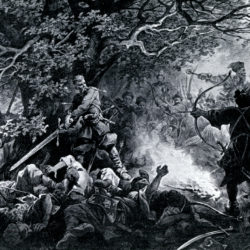
Warning: Undefined array key 0 in /home/klient.dhosting.pl/aszulinska/nplp.pl/public_html/wp-content/themes/nplp/functions.php on line 1197
Warning: Attempt to read property "name" on null in /home/klient.dhosting.pl/aszulinska/nplp.pl/public_html/wp-content/themes/nplp/functions.php on line 1197

Warning: Undefined array key 0 in /home/klient.dhosting.pl/aszulinska/nplp.pl/public_html/wp-content/themes/nplp/functions.php on line 1197
Warning: Attempt to read property "name" on null in /home/klient.dhosting.pl/aszulinska/nplp.pl/public_html/wp-content/themes/nplp/functions.php on line 1197

Warning: Undefined array key 0 in /home/klient.dhosting.pl/aszulinska/nplp.pl/public_html/wp-content/themes/nplp/functions.php on line 1197
Warning: Attempt to read property "name" on null in /home/klient.dhosting.pl/aszulinska/nplp.pl/public_html/wp-content/themes/nplp/functions.php on line 1197
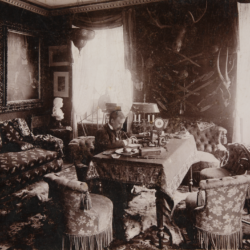
Warning: Undefined array key 0 in /home/klient.dhosting.pl/aszulinska/nplp.pl/public_html/wp-content/themes/nplp/functions.php on line 1197
Warning: Attempt to read property "name" on null in /home/klient.dhosting.pl/aszulinska/nplp.pl/public_html/wp-content/themes/nplp/functions.php on line 1197
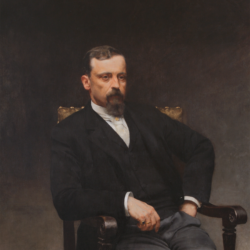
Warning: Undefined array key 0 in /home/klient.dhosting.pl/aszulinska/nplp.pl/public_html/wp-content/themes/nplp/functions.php on line 1197
Warning: Attempt to read property "name" on null in /home/klient.dhosting.pl/aszulinska/nplp.pl/public_html/wp-content/themes/nplp/functions.php on line 1197
